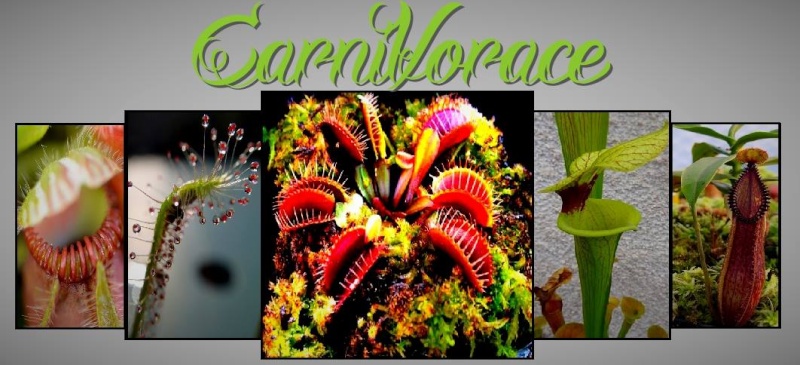ben , pour moi comme les anglica sont souvent dans la sphaigne in situ c'est plutot acide :
The La Plata County, CO wetland is a 0.64 ha basin fen at 2,591 m elevation. The Drosera anglicaoccurrence at this site occupies a small oval in the central area of the fen. Sphagnum moss is abundant in this central oval with a moat of standing water with Carex utriculata surrounding it.The water at the La Plata County, CO site has a pH of 5.02 to 5.39 and supports poor fen vegetation. Some of the dominants include Carex lasiocarpa, Menyanthes trifoliate, Rhynchospora alba, and Viola macloskeyi.
Water chemistry data from studies throughout the world indicate that Drosera anglica favors acidic and Figure 17. Floating mat at the Park County, WY 2 wetland, Shoshone National Forest, WY (Photograph by W. Fertig, Source: Heidel and Laursen 2003a). Used with permission.
2627low nutrient habitats, but there are exceptions (Table 2). A Norwegian study found that pH of extracted pore waters usually range from 3.5 and 4.5, but may be as high as 6.6 (Nordbakken et al. 2004
Mais effectivement dans le même article il est donné un tableau et il y a des zones en UK ou le pH relévé va de 6.5-8 ou de 3.6-7.6 mais les valeurs globales extremes vont de 3.6 à 8. La moyenne restant tout de même en milieu acide.
mes anglica se plaisent très bien dans la sphaigne pure vivante (variété locale française) et LABAT me les avait livrées en sphaigne donc pour le moment je continue comme ça.
Quant à mes rotundifolia et intermedia elles sont superbes dans la sphaigne même si elles vont très bien en tourbe .
D filiformis idem en tourbe elle pousse très bien.
Là j'arrête avec les LED "roses" car ça ne leur convient pas vraiment. Depuis que j'ai remis mes turbo néons 6500K tout le monde reprends vie et même la sphaigne refait des nouvelles pousses.
à suivre.
Pour mon autre esp de Ping elle aime bien la dolomite ajoutée dans sa tourbe

